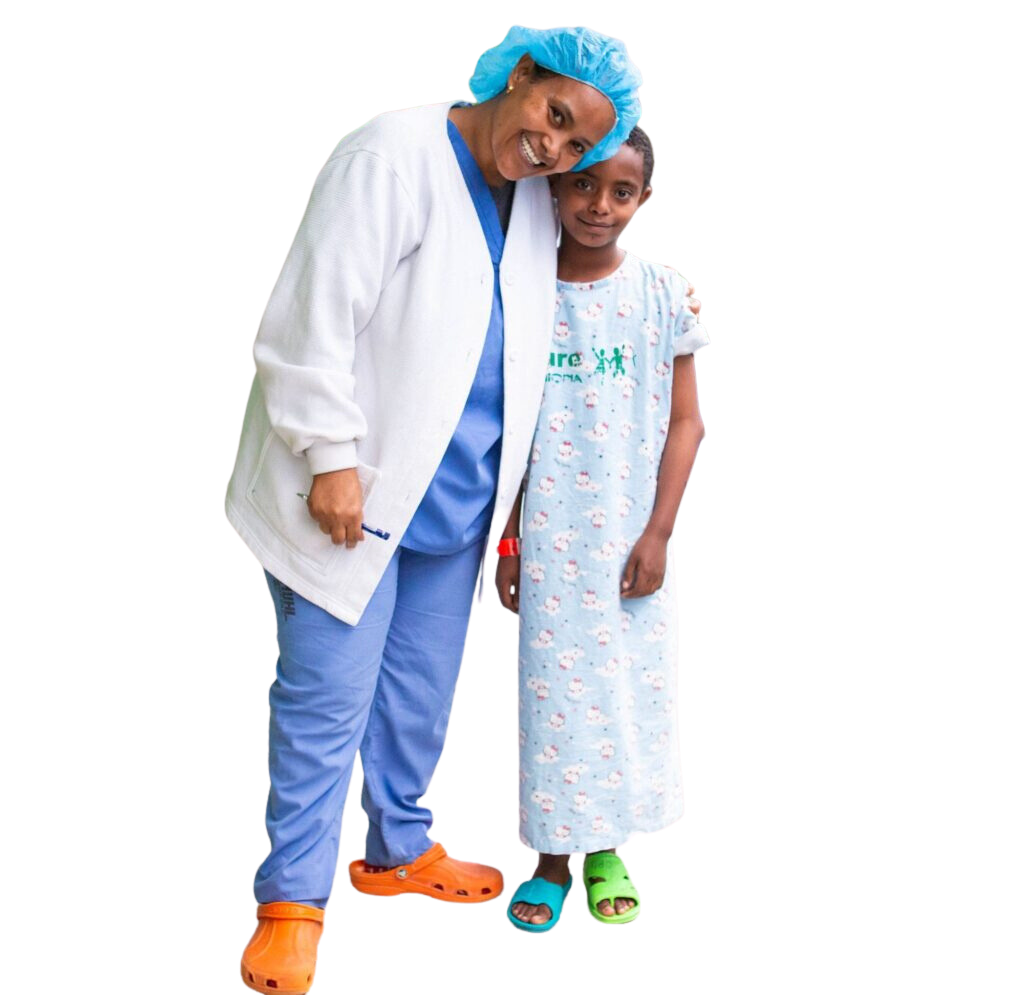You might know the story. A shepherd is out with his sheep and one goes missing. The rest of the sheep are happily munching on grass, but the shepherd is distraught and goes off searching for the one lost sheep. He looks high. He looks low. He looks all night, and eventually finds the lost sheep. He lifts it onto his shoulders and goes home to celebrate the successful rescue.
Like most parables, there is a deeper meaning. It isn’t actually about sheep. You see, it is about “the one,” it is the individual that matters to Jesus. Yes, Jesus cared about the big picture items, but he never let them distract him from the people right in front of him. He didn’t leave the blind beggar on the side of the road because he was busy building a bridge between God and man. He didn’t disregard Lazarus in the tomb because he was occupied by defeating death. And, he didn’t send away the children because he was engrossed in teaching the adults who would carry on his message. Jesus never disregarded the individual right in front of him. He cared about the person in front of him, and at CURE, we do too.
At CURE Ethiopia, we recently had a fourteen-year-old boy referred to us for a complete amputation of his right leg. This type of operation is always a last resort as prosthetic legs, when there is no original leg left, are difficult and hindering.
The patient had begun to feel a pain in his right leg earlier this year. When he went to the hospital, they found that his femur, the long bone between the knee and the hip, was riddled with cancer. The boy was put on pre-operative chemotherapy to try and prevent the spread of cancer to other parts of his body, and then he was referred to CURE Ethiopia for the amputation.
The cancerous bone needed to be removed. If it wasn’t, cancer would kill him. Up until now, the only way to remove a full femur bone in Ethiopia was to amputate the entire leg. In some countries that have access to specialized resources, surgeons prefer to replace the cancerous bone with an endoprosthesis (an artificial bone) rather than amputate. CURE Ethiopia has previously done two partial femur replacements, but never a total femur replacement. In fact, this procedure had never been done in Ethiopia at all.
-

Dr. Whitwell checks on the patient before the surgery. -

No one was allowed in or out of the operating room when the surgery was performed.
To CURE Ethiopia doctors and staff, this wasn’t just another patient. He was an individual God that had put in front of them for a reason. CURE Ethiopia doctors weren’t content to amputate until they had exhausted every available option for this boy. Through support and coordination between CURE Ethiopia, the Ethiopian Ministry of Health, the Ethiopian Ministry of Peace, the Ethiopian Public Health Institute, Oxford University Hospitals in the UK, and Stryker Orthopaedics a specialist surgeon capable of carrying out the procedure was found. Dr. Duncan Whitwell, a Consultation Orthopedic Surgeon in the UK who specializes in the surgical treatment of hip and knee surgeries, had performed total femur replacements many times before and was willing to donate both his expertise and time to help out this one child. On top of this, Dr. Whitwell coordinated the donation of an artificial femur, knee joint, and a hip joint for the child which cost thousands of dollars.
The surgery itself was a stunning success! It was a complicated procedure that took Dr. Whitwell and CURE Ethiopia Orthopedic Surgeon Dr. Tim Nunn over three hours but will result in a transformed life for this young man. Additionally, it was a historical first for the country of Ethiopia. The surgeons removed the cancerous bone, replaced it with a metal bone, and replaced the patient’s knee and hip joints to fully integrate the artificial bone.
Even though CURE Ethiopia treats thousands of patients every year and has a waiting list with thousands more, the doctors and staff at CURE hospitals know that every patient is worth fighting for and nothing is impossible with God.
About the CURE Children’s Hospital of Ethiopia
Established in 2008, CURE Ethiopia performs over 2,500 life-changing reconstructive and orthopedic surgeries every year for children suffering from treatable disabilities. Strategically located in the capital city of Addis Ababa, the teaching hospital has 70 beds and four operating rooms. CURE International uses this facility to multiply its efforts by partnering with The College of Surgeons of East, Central, and Southern Africa (COSECSA) to serve as a regional learning institution by implementing an orthopedic pediatric training program at the residency and fellowship levels. In addition to world-class clinical service, CURE Ethiopia ministers to the emotional and spiritual needs of patients and their communities.



